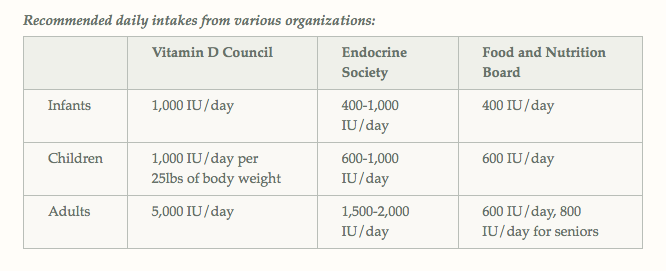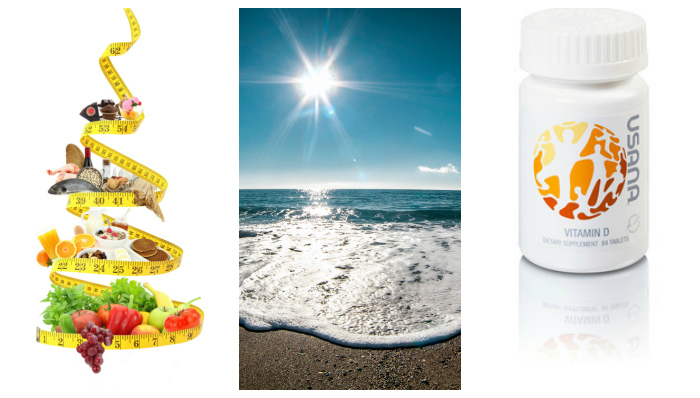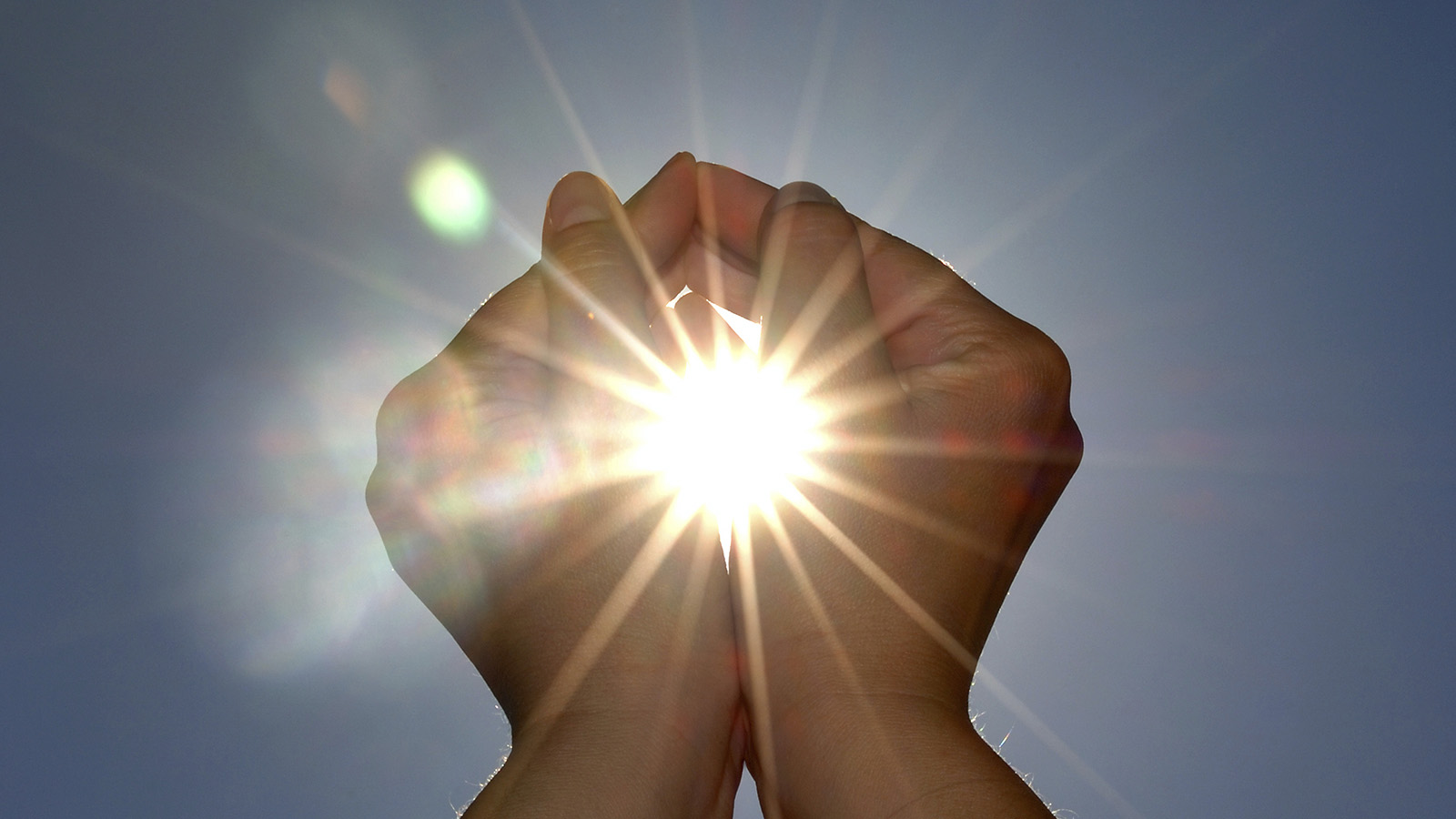Scientifically Speaking: Got Vitamin D?
 Since I’ve started working at USANA, I’ve heard a lot about vitamin D and why it’s so important. And even before I spent my days writing about health supplements, vitamin D deficiency seemed to be quite the newsworthy topic. Now that I’ve done my research, I totally get what all the fuss is about. Apparently, many people aren’t getting enough of the micronutrient, and that’s no good, because it can lead to a number of health issues.
Since I’ve started working at USANA, I’ve heard a lot about vitamin D and why it’s so important. And even before I spent my days writing about health supplements, vitamin D deficiency seemed to be quite the newsworthy topic. Now that I’ve done my research, I totally get what all the fuss is about. Apparently, many people aren’t getting enough of the micronutrient, and that’s no good, because it can lead to a number of health issues.
So if vitamin D is so crucial to the functions of our bodies, my next question was, where do we get the stuff?
I discovered that vitamin D comes from only three sources — the sun, certain foods and supplements. Turns out, relying solely on your diet is not a good idea when it comes to maintaining proper vitamin D levels. There just aren’t enough foods with high enough levels to get what your body needs.
This leaves us with the sun and supplementation as the go-to sources for vitamin D. Isn’t that crazy? Who would’ve thought the sunshine could impact our health? Well, our USANA scientists know all about it, and they sent me to the Vitamin D Council to find out exactly how we can get healthy amounts of vitamin D. Here’s what I found out!
Sunny Side Up
The human body is pretty awesome. One reason being that our bodies were designed to interact with the sun to produce vitamin D. Every time we expose our bare skin to direct sunlight, we use ultraviolet B (UVB) rays to produce vitamin D3 (cholecalciferol). Sunlight can be a tricky thing, though, because too much can be a bad thing. You need to monitor how much sun exposure is needed for healthy vitamin D levels.
There are a few main factors that determine how much vitamin D your body will produce when exposed to sunlight.
This factor is particularly important right now, because we’re in the fall season and quickly headed into winter. During these months, the sun is at an angle that causes the atmosphere to lessen the amount of UVB rays that pass through. The same process occurs during the early and later parts of each day.
You can test this simply by looking at the length of your shadow when standing outside. If your shadow is longer than you are tall, not as many UVB rays are reaching your body, so you’re not producing as much vitamin D. This means that the closer to midday you are, the more UVB rays your body is getting. Have you ever noticed that in the winter months, your shadow is longer than you are for most of the day, but in summer, it is much shorter during the midday hours?
Where You Live
Take a look at a globe and find the equator. The further away you are from it means you are living in a location that makes it harder for your body to use sunlight to make vitamin D. Once again, this is because sunlight is hitting the atmosphere at more of an angle, blocking out more UVB rays, especially during the winter season.
It looks like our Canadian Associates up north might need to think twice about keeping their vitamin D levels in check, eh?
Skin Type
Those with darker skin have more melanin, a substance that protects your skin from too much UVB exposure. These people need even more sun exposure than those with fair skin to create the same amount of vitamin D. So even though the redheads might get a sunburn very quickly, they also have the advantage of needing only a small amount of sun exposure to produce sufficient vitamin D levels.
Other Factors
I’ve covered the three main factors that determine how much vitamin D the sun is helping you produce, but those aren’t the only ones. You should also consider the amount of skin you expose, your age, the altitude you’re at, cloud cover, air pollution, and whether you’re wearing sunscreen or not.
See what I mean about this whole sun exposure thing getting tricky?
Supplement Yourself
You know what isn’t tricky? Supplementation. Just one of USANA’s Vitamin D tablets provides 2,000 IU of vitamin D3, which is the same type of vitamin D your body produces when exposed to sunlight. Even better, you don’t need to worry about the time of day or year you’re taking the supplement, because, for most people, vitamin D is easily absorbable and always important to maintain.
As far as how much you need, that depends on who you’re asking. Every person has different needs, but many researchers believe that research will eventually prove that the U.S. government recommendations aren’t high enough. Your safest bet is always to talk to your doctor and have your vitamin D levels tested every three months.
Check out the fancy chart I snagged from the Vitamin D Council below to see the different vitamin D recommendations, and be sure to share this important information with your friends and family.
These statements have not been evaluated by the Food and Drug Administration. This product is not intended to diagnose, treat, cure, or prevent any disease.
References: http://www.vitamindcouncil.org/












I want to be a distributor in Indonesia as well as users of these products, how to, information please
Test
Hi Yermia, Indonesia is not open for distributorship yet. However if you are interested in knowing about USANA’s compensation plan and product details, I will be happy to assist you. Nutritionist Anita Fung from Australia